How to grow a good harvest of carrots on your own

The carrot, known to everyone since childhood, from a botanical point of view, belongs to the seeding subspecies of wild carrots from the Umbrella family. The root vegetable is eaten. At first glance, it’s quite simple to sow everything and wait for the “roots” to be harvested. However, every business has its own subtleties and secrets. Let's try to find out how to grow a good harvest carrots in a personal garden.
Content:
- Carrot. Seed selection
- How to choose a place and dig a bed for carrots
- Sowing carrots and caring for seedlings
Carrot. Seed selection
The success of any harvest depends on the acquisition of high-quality seed or planting material. Each garden plant has its own characteristics. Carrots are no exception in this regard. Carrots are a biennial plant. To independently obtain seed material in the spring of the second year, you need to plant root crops in the soil, which will produce a peduncle and seeds.
Thus, seeds for sowing can only be obtained after two years. It is advisable to do this if the carrots are varietal and, according to their characteristics, are of interest for cultivation.
Nowadays there is no shortage of carrot seeds for every color, taste and size. Therefore, to grow carrots in your personal garden, it is most convenient to buy them in specialized stores. Important! Pay attention to the date of collection and packaging of carrot seeds. After collection, they remain viable for no longer than 4 years.
Carrot seeds are sold in several varieties:
- simple seeds, their advantage is not very high price, the disadvantage is their small size, it does not allow sowing at the required distance
- seeds in granules, large granules are easier to sow, the disadvantage of such seeds is that additional moisture is required to dissolve the shells
- seeds in rolls, a paper roll with evenly glued seeds is very convenient to roll out
- tinted seeds are more visible in the soil when sowing, which makes it possible to distribute them more evenly in the furrow
It is customary to cultivate table varieties of carrots in a personal garden. They can be selected according to ripening period and size. In addition, varieties of root crops of different colors are now gaining popularity. You can buy "Dragon" seeds and get purple roots, or you can choose yellow "Yellowstone" carrots.
If the farm has livestock or rabbits, then you can choose feed carrot seeds. Feeding it to milk-producing animals increases milk yield and product quality.
How to choose a place and dig a bed for carrots
Carrots are sensitive to soil fertility and mechanical structure. It will not show all its varietal qualities if it grows on heavy clay soil. Rocky soil will also not produce a good harvest. It is advisable to choose an area with sandy loam or loamy soil. Acidity should be close to neutral.
Considering that carrots love good lighting, the bed with them should accordingly be located in an open place, and not in the shade of trees or buildings. Predecessors are important. The best crops for carrots are:
- tomatoes
- potato
- peppers
- peas
- onion
- beans
If carrots or dill grew in the garden bed, then you should not sow carrots in this place for four years.You cannot choose poorly cultivated areas with a lot of weeds for it. It will grow much earlier than this crop and will “kill” it.
The beds for spring planting are prepared in the fall. To sow before winter, the soil needs to be prepared 5-6 weeks before. The soil is dug up using a shovel and a half with a simultaneous lift of 35-40 cm. When digging up heavier soil, you need to add 3-5 kg of peat per square meter. m. The addition of ash in the amount of 0.5 kg per square meter will not harm this crop. m.
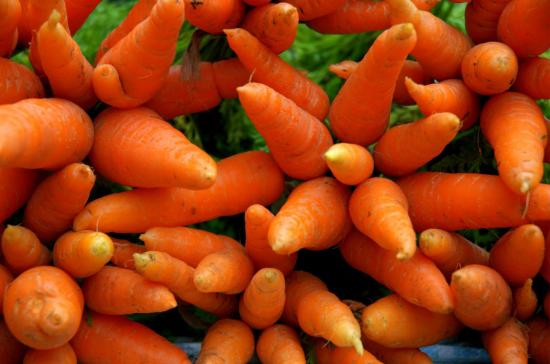
But fresh manure is harmful for carrots. The soil will also be improved by 5 kg of sand applied per square meter. m area. If the soil is clayey, then the amount of sand is increased to 10 - 12 kg and 30 - 40 g of phosphate minerals are added. fertilizers. Add 10 kg of turf soil per square meter to sandy soil. m.
Sowing carrots and caring for seedlings
Sowing carrots before winter
This sowing method has its advantages. The main one is earlier carrot shoots. Consequently, the root crops will get more moisture and they will be larger and juicier. Carrots sown before winter germinate before the sun dries up the soil.
For winter sowing, it is better to choose medium or early varieties of carrots. Sowing dates depend on climate and weather. It is optimal to sow carrots on slightly frozen soil. In most regions, the best time for winter sowing will be the end of October - the first days of November.
Important! Keep some of the soil warm; it will be needed to fill the seeds after sowing in the furrows. You also need to make grooves a few days in advance. If the soil is sandy, their depth should be 2-3 cm. In clay soil, 1-1.5 cm is enough. After sowing, the seeds are covered with stored soil.
Video about a new method of planting carrots:
All mulched peat or humus.The thickness of the mulch layer is 2-3 cm. The top can be slightly compacted and covered with branches. This will keep it from blowing away. After a snowfall, you can add additional snow to the garden bed.
How to sow carrots in spring
If the bed for carrots has not been prepared in the fall, then it is advisable to dig it up 10 - 12 days before sowing. The depth of the furrows during spring sowing is 0.8 - 1.0 cm. Before sowing, simple seeds can be soaked in potassium permanganate or any growth stimulant for half an hour. Important! Granulated seeds are not soaked. Place the seeds in the groove at a distance of 2 cm.
Even if the seedlings need thinning, this can be done without fear of damaging the roots of neighboring plants. The time for spring sowing occurs around mid-May. If the autumn-sown carrot crop is unsuitable for long-term winter storage, then the spring-sown crop is stored until spring.
Care
Caring for carrot plantings is not difficult. It consists of two main activities such as thinning and weed removal. The first thinning should be done two to three weeks after germination. This event requires attention and accuracy, since the carrots are still very small at this time.
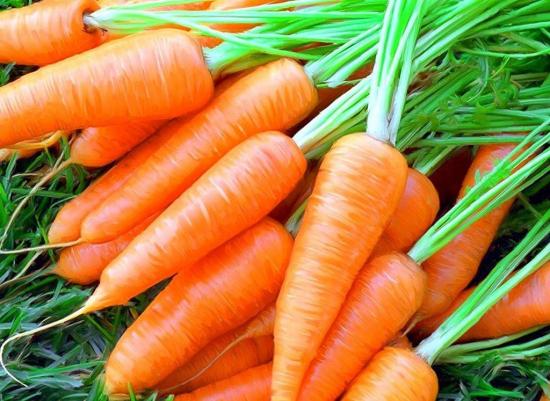
Between neighboring carrots after the first thinning there should be gaps of 3-4 cm, and after the second - 6-8 cm. Large varieties may need another thinning to increase the distance to 10 - 12 cm. In addition, seedlings carrots need to be protected from carrot flies.
This can be done by planting onions among the carrots. Following the recommendations will help you get a good harvest of root crops that will last throughout the winter.



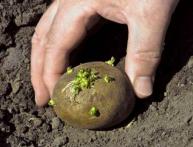
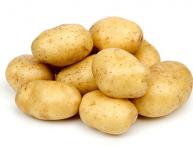

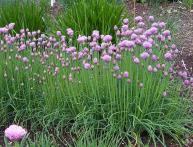

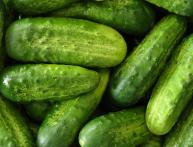
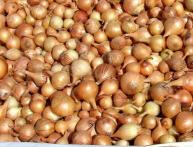

Comments
Based on many years of experience, I can say that the main thing depends on the variety - I have been looking for the best one for myself for many years, and yes - in specialized stores, on the quality of planting - I plant it rarely, one seed every 4-5 cm, on care - the usual regular watering and weeding.
I’ve been planting carrots for several years now and I can’t be happier with how tasty and easy they are to care for. I think the most important thing is thinning. I water only at the beginning if it is dry. In September, watering it is even contraindicated - it will make it “hairy” - it will grow a lot of thin roots.